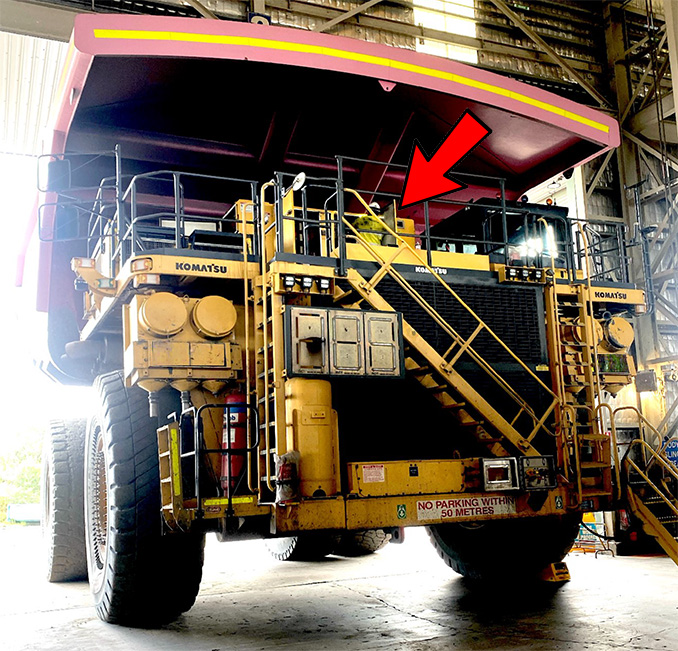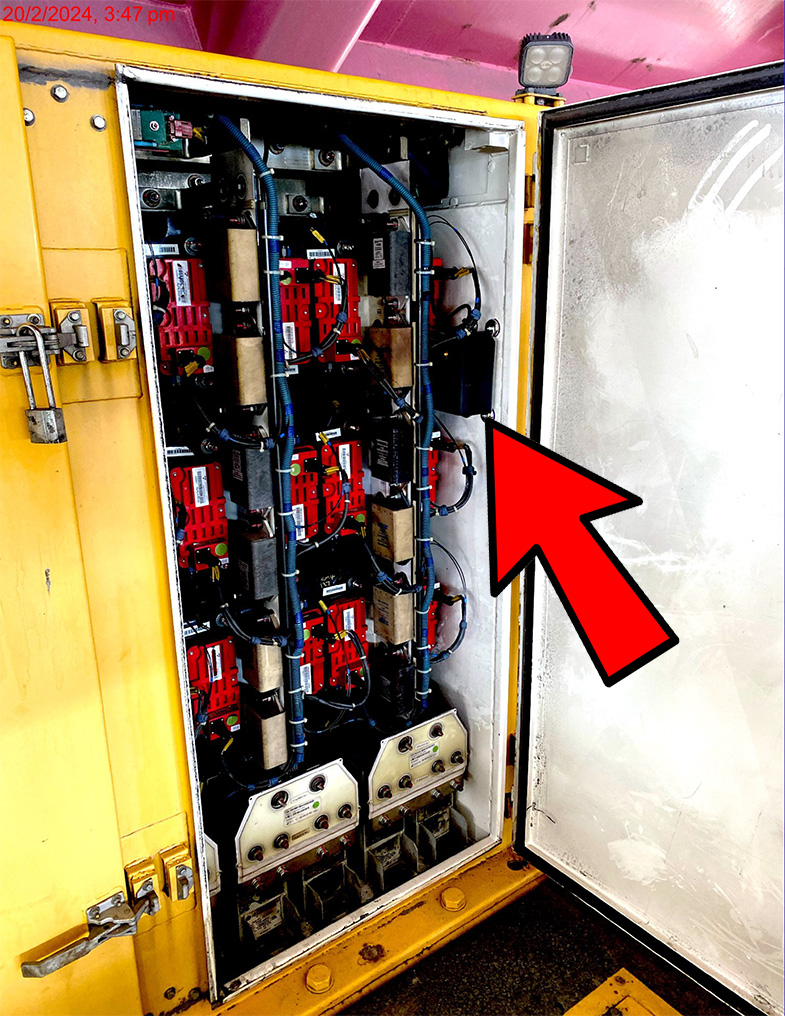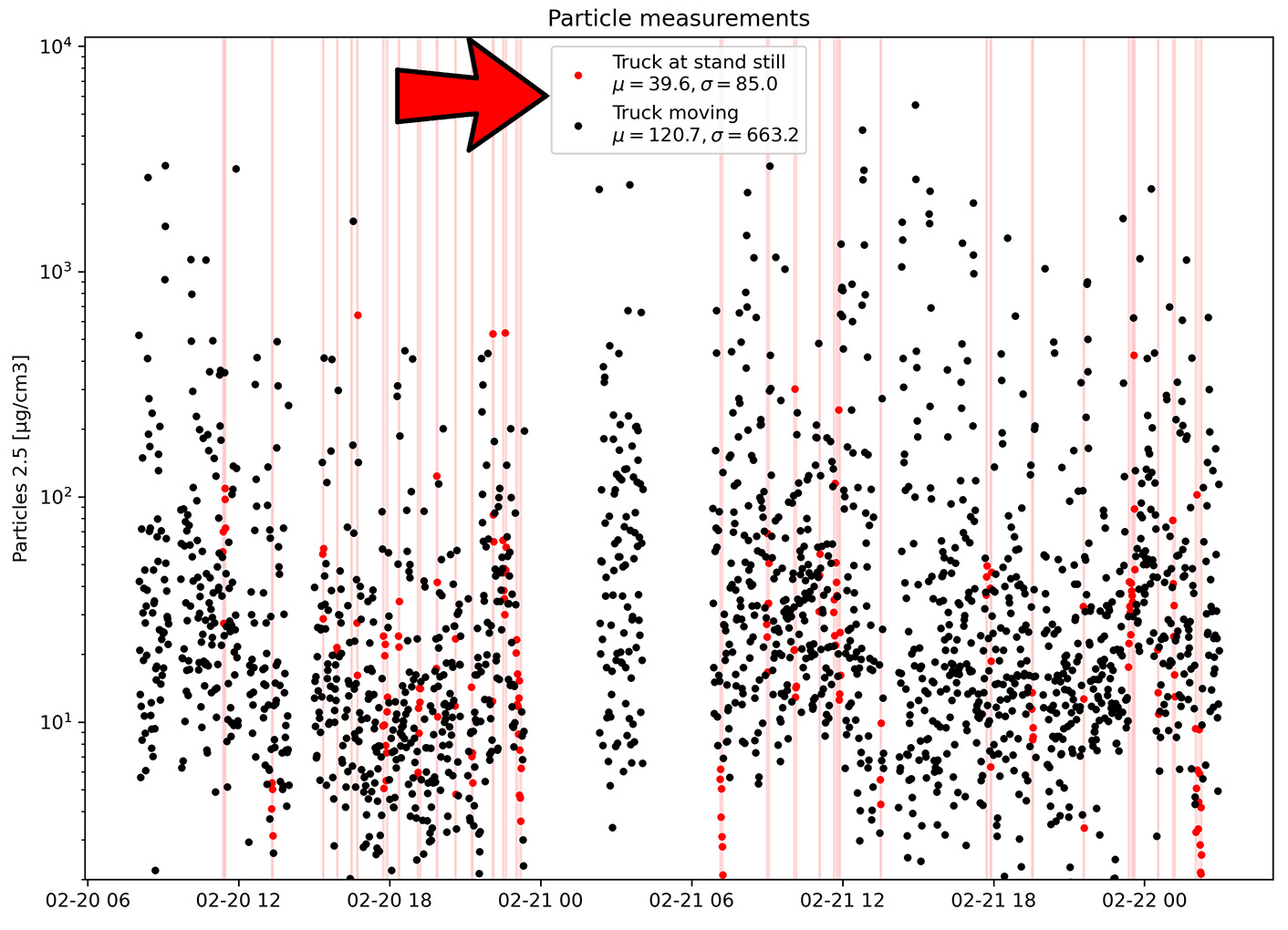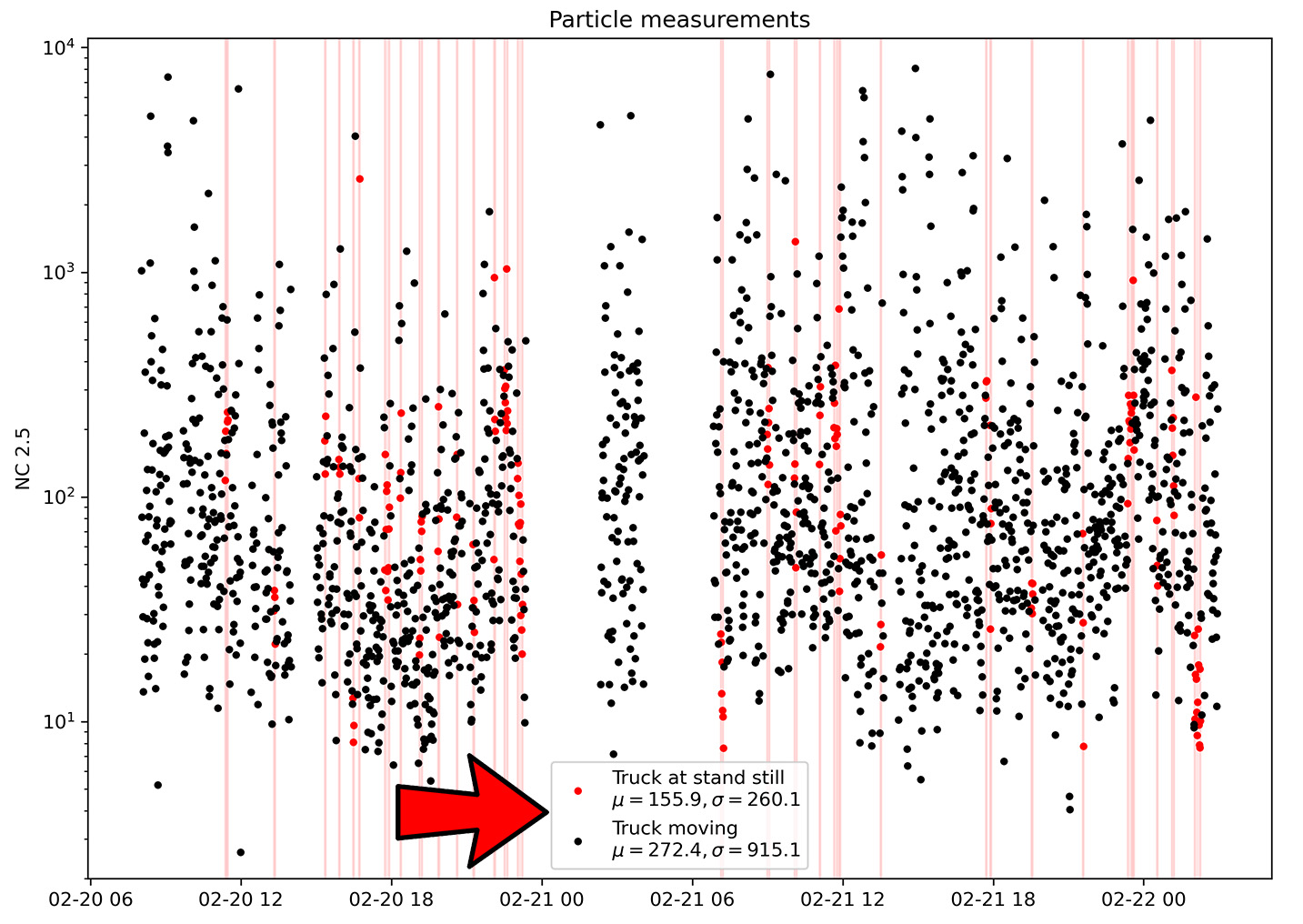Guarding Against Dust
Safeguarding Electrical Cabinets: CabSafe’s Breakthrough in Continuous Monitoring
In the intricate world of electrical cabinets, the threat of dust intrusion transcends being a mere nuisance; it poses a severe risk, potentially leading to shorts, malfunctions, and fire hazards. Mitigating these issues often involves adopting air filtration solutions, but until now, a tool hasn’t been available to continuously monitor air quality within these cabinets.
CabSafe’s Origin and Evolution:
Enter CabSafe, initially conceived to safeguard the cabin environments of mining vehicles. This innovative solution has now transcended its original purpose and emerged as the answer to a longstanding challenge in electrical cabinets.
The Significance of Continuous Monitoring:
Why is continuous monitoring crucial? Dust intrusion can go undetected for extended periods, silently wreaking havoc within the confines of an electrical cabinet. The absence of real-time monitoring leaves operators in the dark, often discovering issues only when they escalate into significant malfunctions.
CabSafe’s Adaptive Capabilities:
CabSafe changes this game. By leveraging its capabilities designed for mining vehicle cabins, CabSafe can seamlessly adapt to the unique environment of electrical cabinets. It becomes the vigilant guardian, continuously monitoring for any intrusion of particulate matter.
Proactive Problem-Solving:
Picture this: Alerts are triggered at the first sign of dust intrusion, enabling operators to proactively address the issue before it spirals into a significant problem. The real magic lies in preventing excessive dust build-up, ensuring your electrical cabinets’ smooth and uninterrupted operation.
Versatility in Application:
The versatility of CabSafe shines through – from protecting mining vehicle cabins to becoming the proactive guardian of your electrical cabinets. It’s not just a solution; it’s a breakthrough in safety, allowing you to stay one step ahead of potential malfunctions caused by dust intrusion.
The Vision of Electrical Cabinet Safety:
In the quest for electrical cabinet safety, CabSafe stands as a beacon, providing continuous monitoring, timely alerts, and peace of mind with proactive problem-solving. Embrace the future of electrical cabinet management with CabSafe – where dust is met with vigilance, and malfunctions are met with prevention. CabSafe ensures peace of mind through continuous monitoring. It is the solution where dust is met with vigilance and malfunctions are met with prevention.










